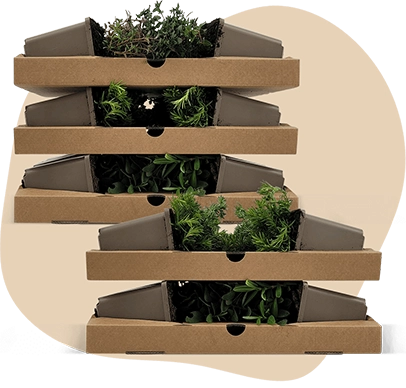Description
Sambucus nigra C2 60-80 | Elderberry
The Sambucus nigra, commonly known as the Elderberry, is a versatile shrub with an upright to bushy growth habit. This plant can reach a height of up to 7 metres and spreads to about 6 metres wide. The leaves of the Sambucus nigra are green, with a pinnate structure, and they have a slightly rough texture. Notably, the leaves are aromatic. Although not evergreen, the Elderberry is known for its resilience and low maintenance needs. It produces small, dark berries that are popular with birds and beneficial for wildlife.
Key Plant Characteristics of Sambucus nigra
- Sambucus nigra blooms in May and June, showcasing beautiful white flowers that are fragrant and attract birds, bees, and other pollinators.
- For optimal growth, Sambucus nigra prefers a sunny or partially shaded location.
- This plant thrives in all soil types as long as the soil is well-drained.
- The bark of Sambucus nigra is greyish-brown, and its branches are robust and upright.
Discover more about
garden plants and enhance your garden with the unique features of Sambucus nigra.
Application of Sambucus nigra in the Garden
Sambucus nigra is a versatile plant that can enhance any garden setting. Its upright to bushy growth habit makes it ideal for various applications:
- Perfect for solitary planting, group planting, borders, and edge planting.
- Winter-hardy, tolerating temperatures as low as -28.9°C, making it suitable for USDA zone 5.
- Easily combined with other shrubs and perennials for a diverse garden display.
- Its greatest ornamental value lies in its beautiful white flowers that bloom in May and June, attracting birds and pollinators.
Consider ordering Sambucus nigra to add a robust and fast-growing element to the garden.


























